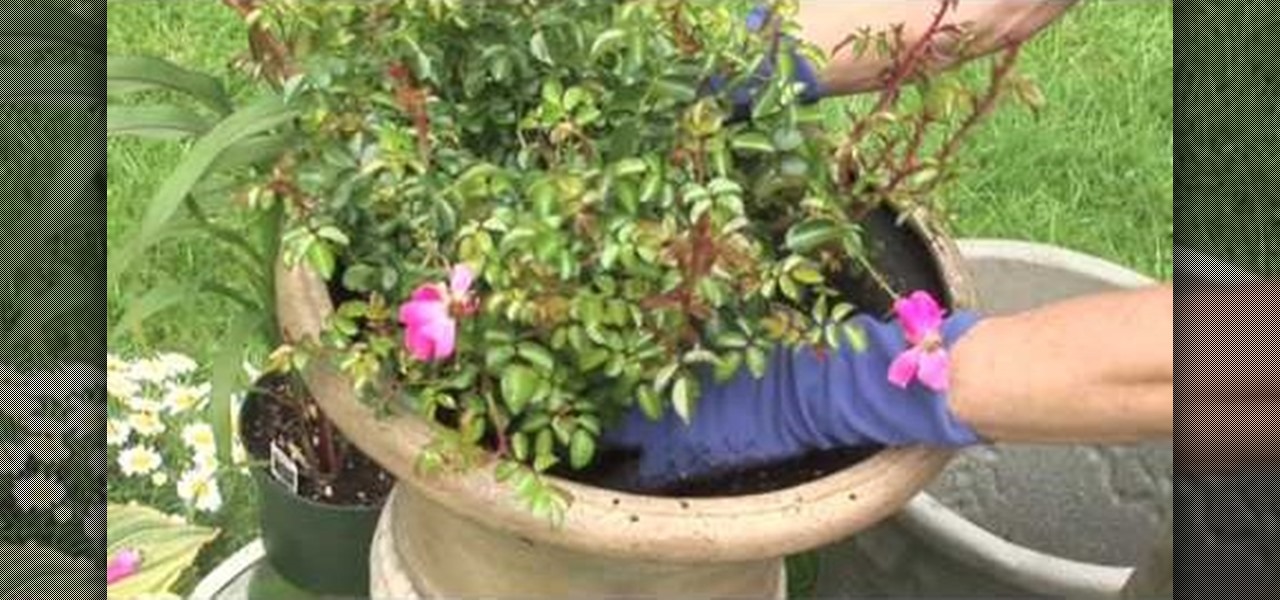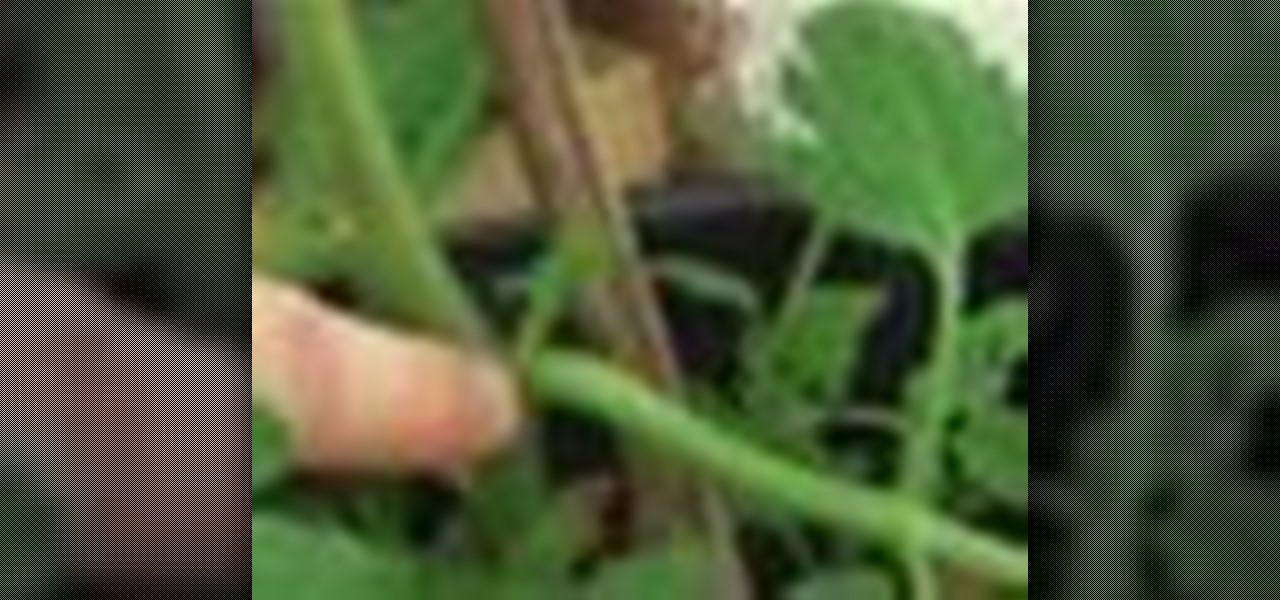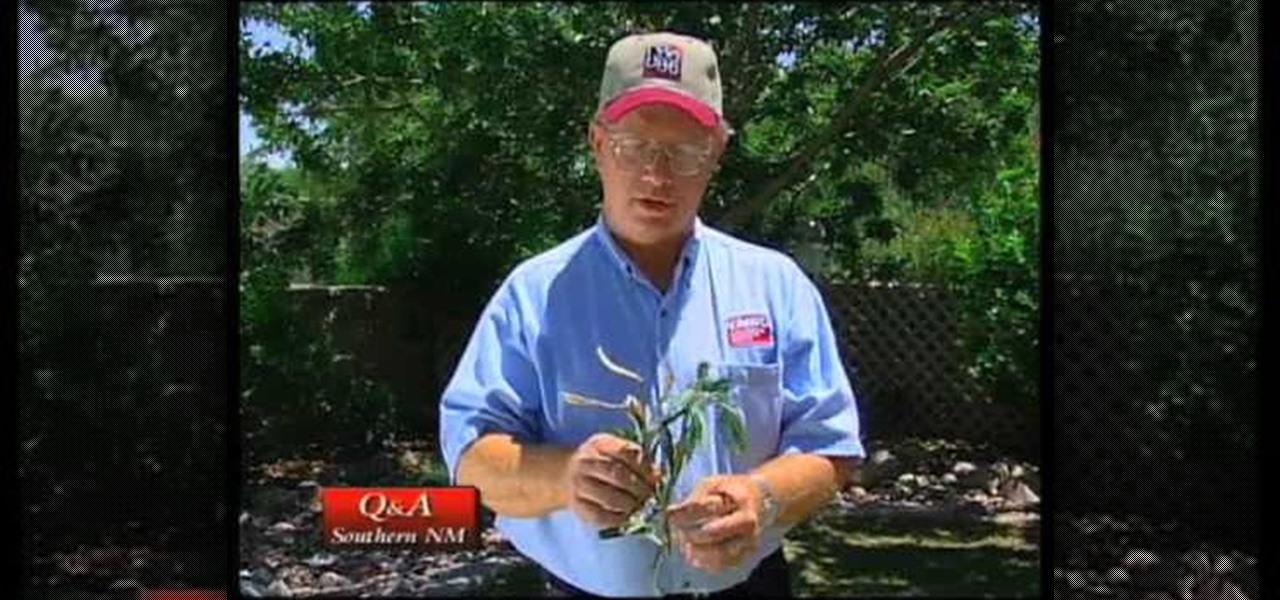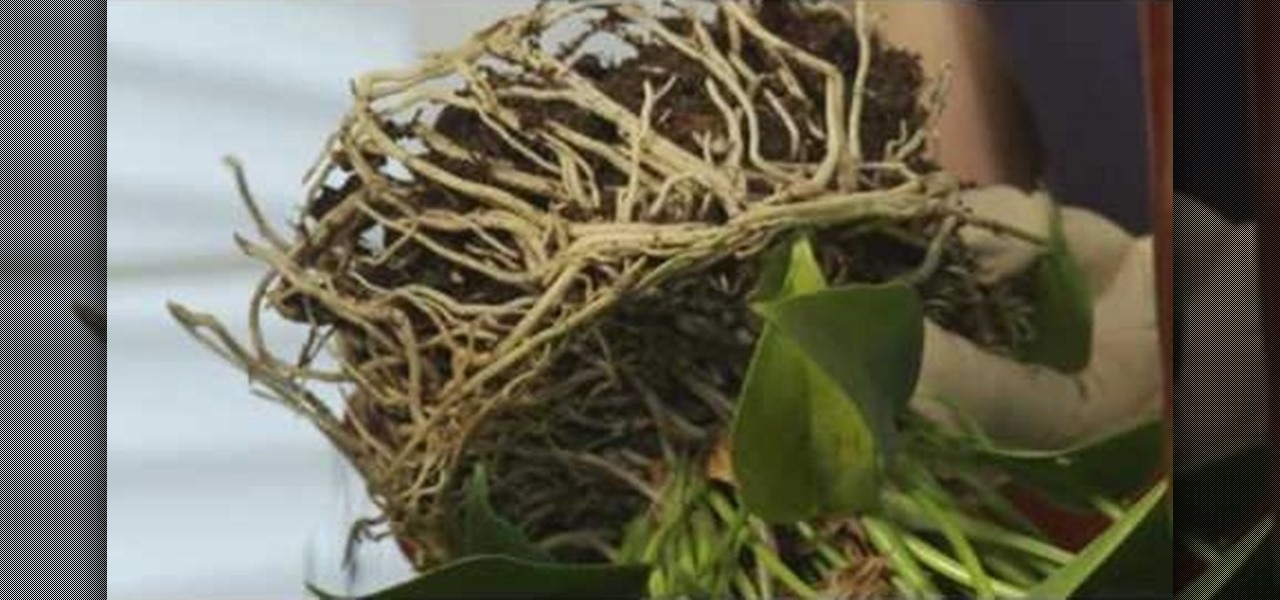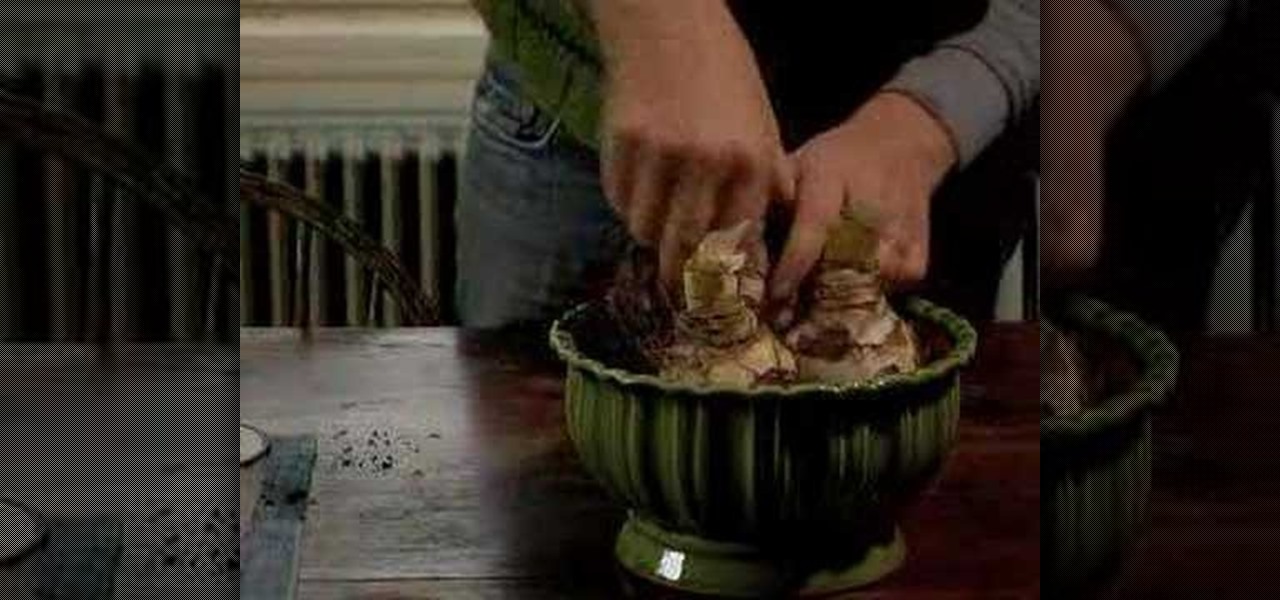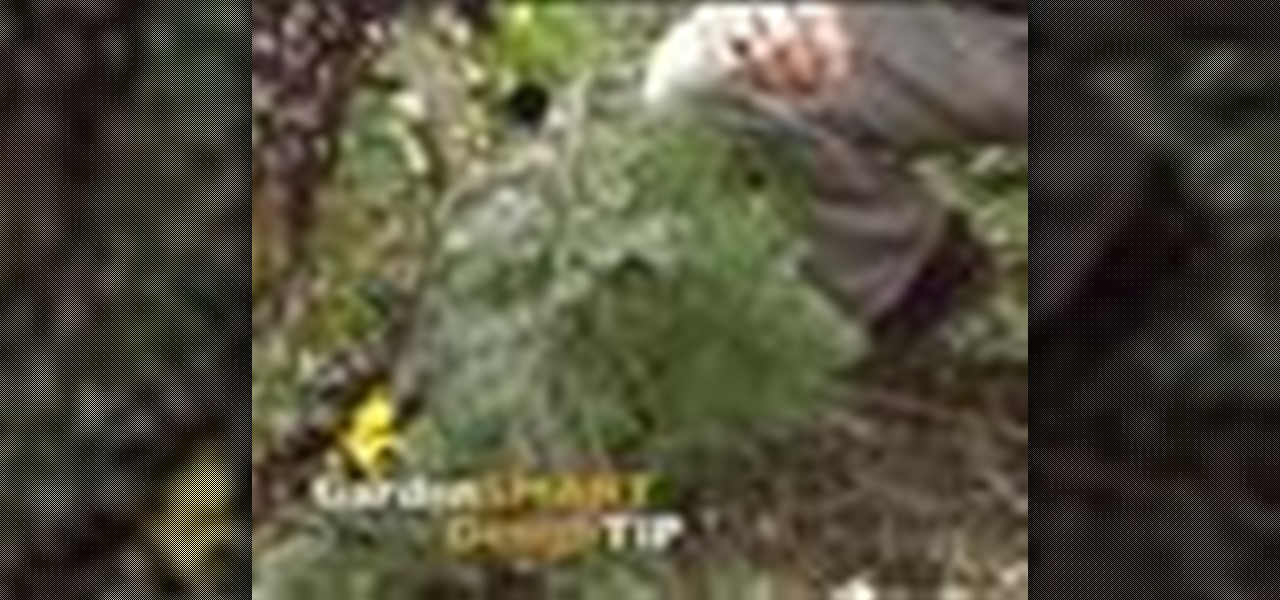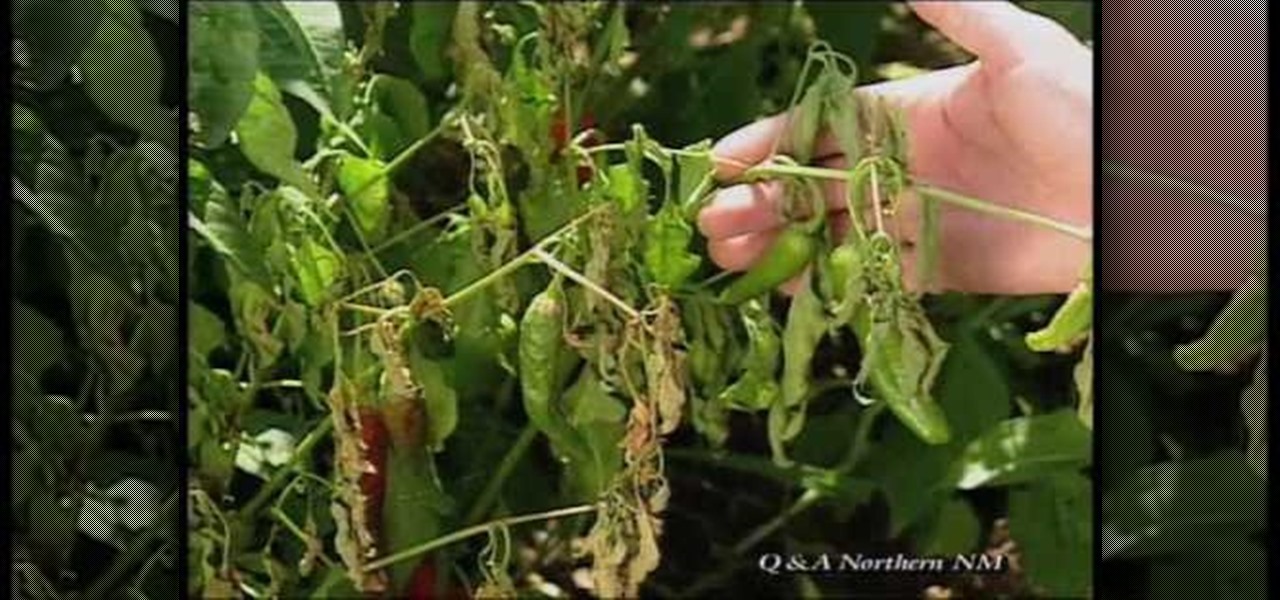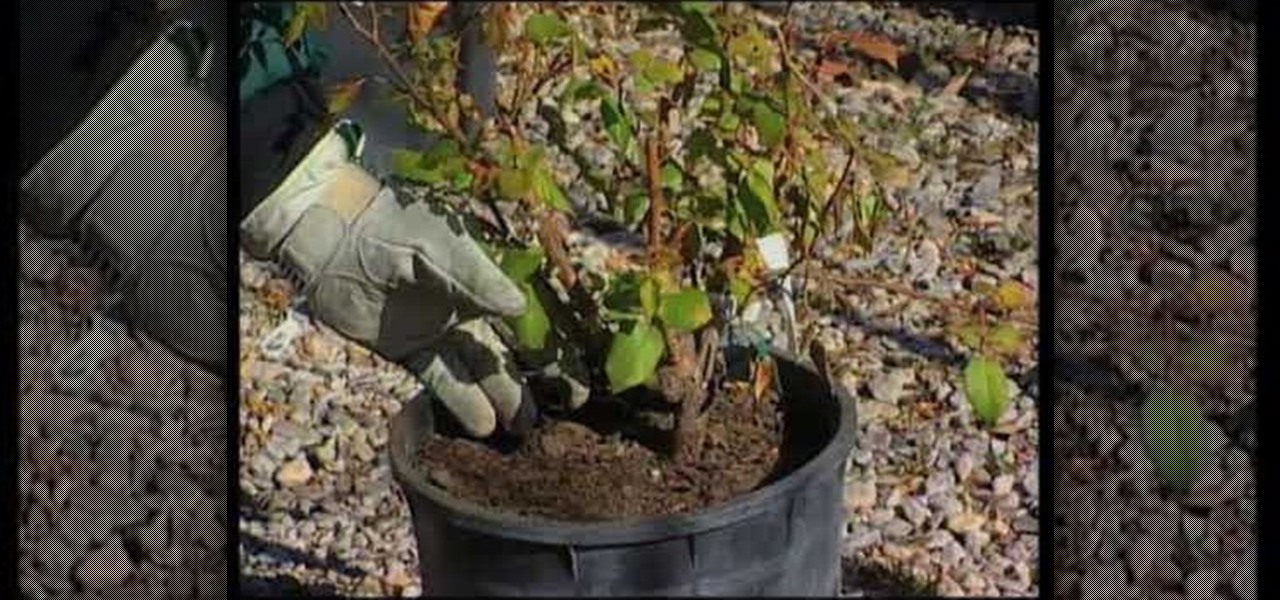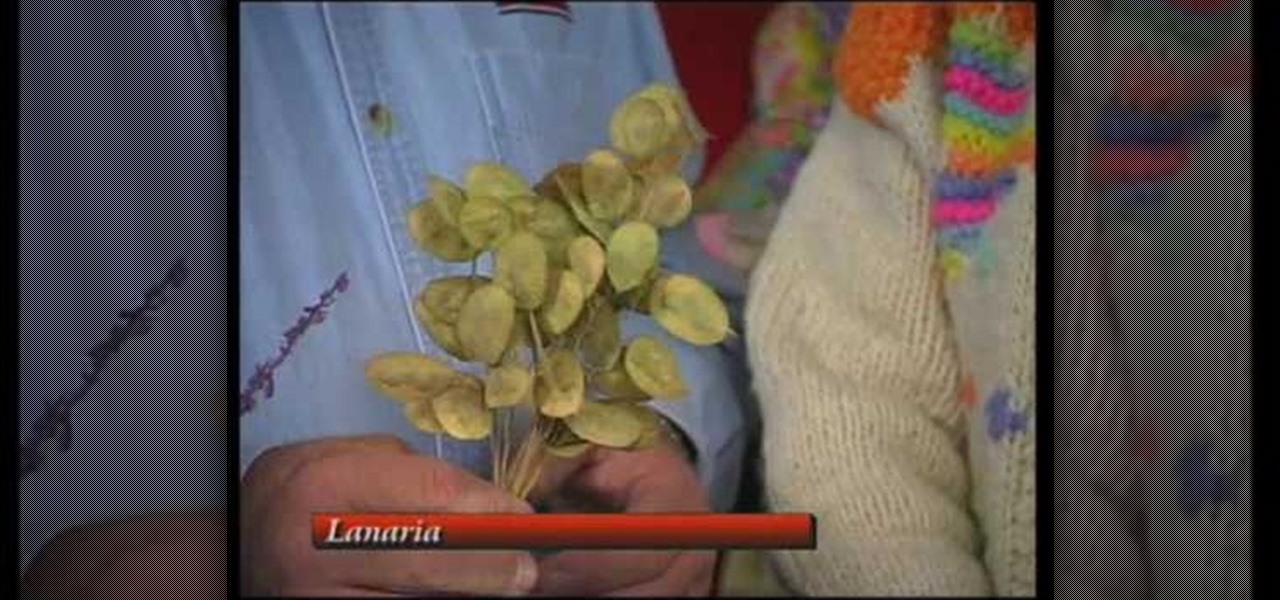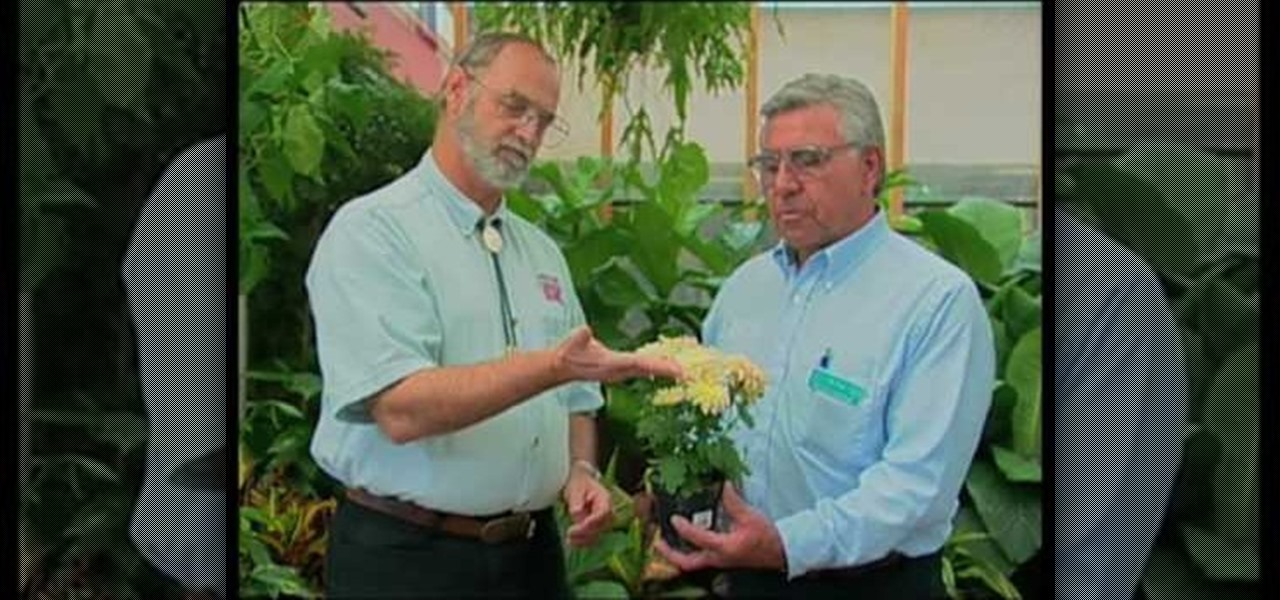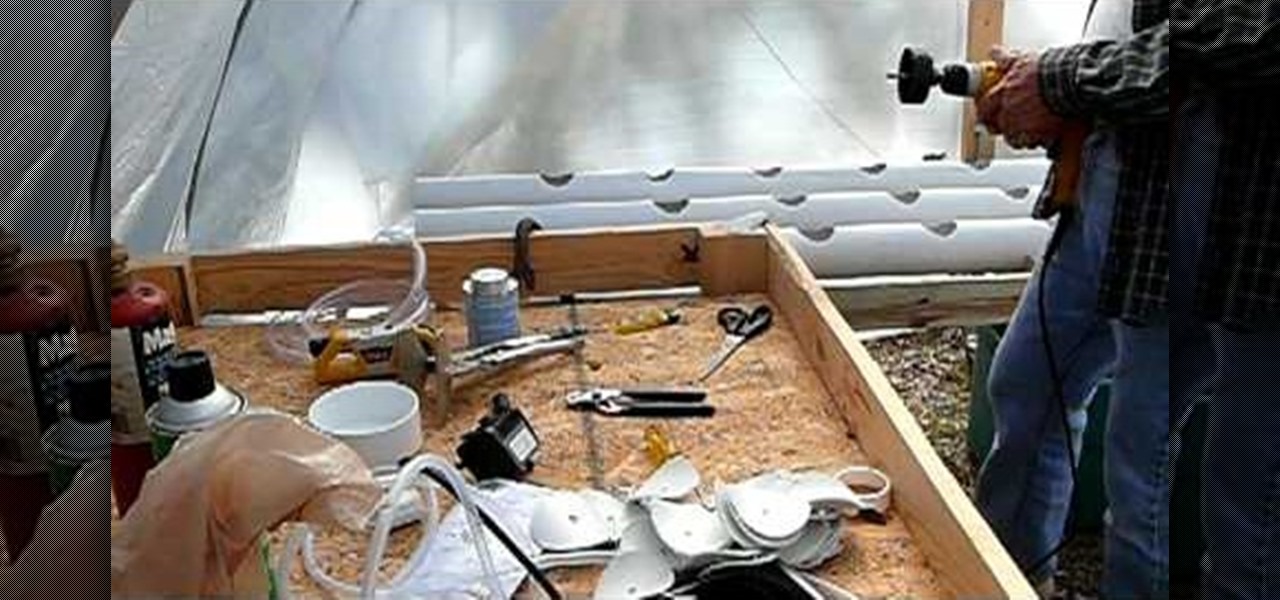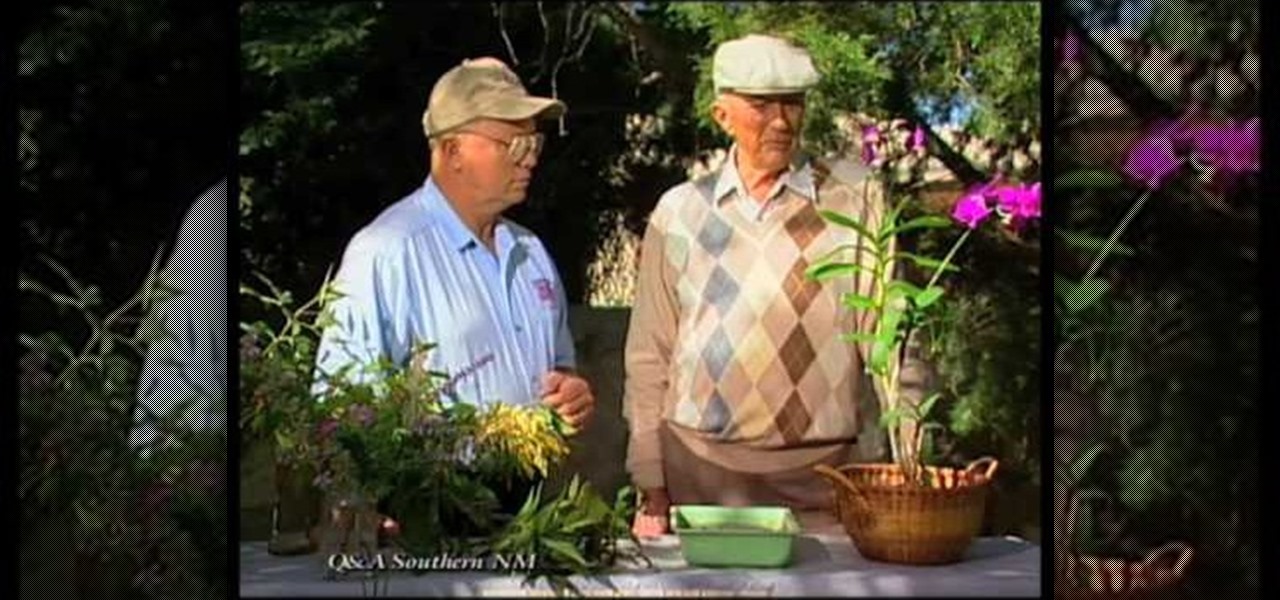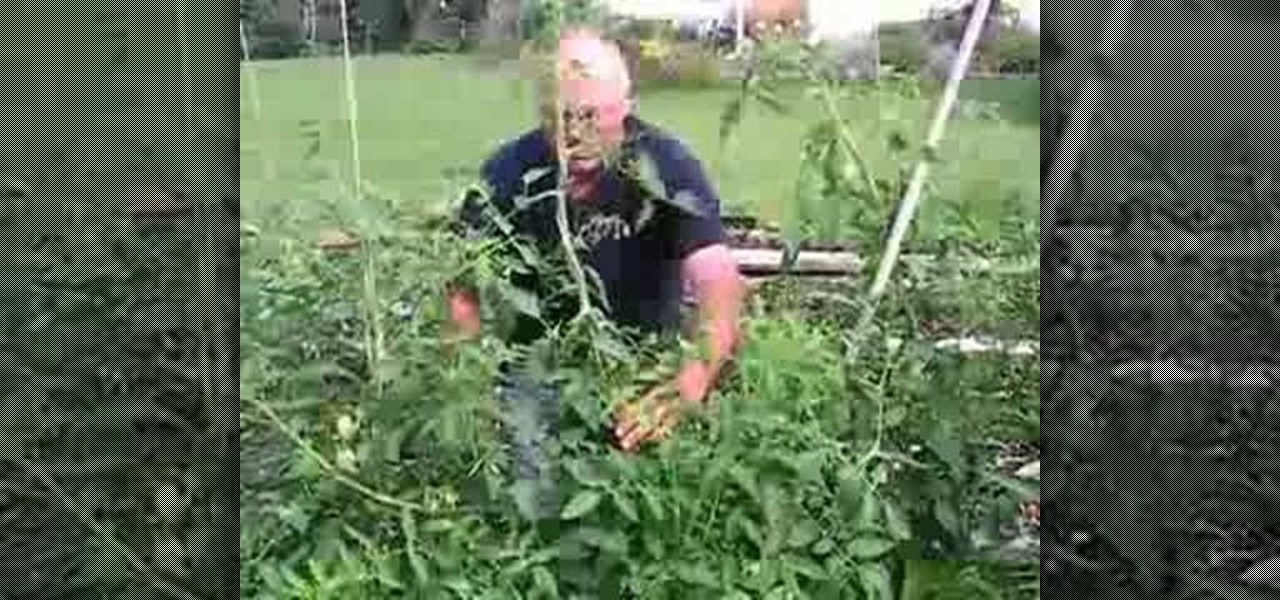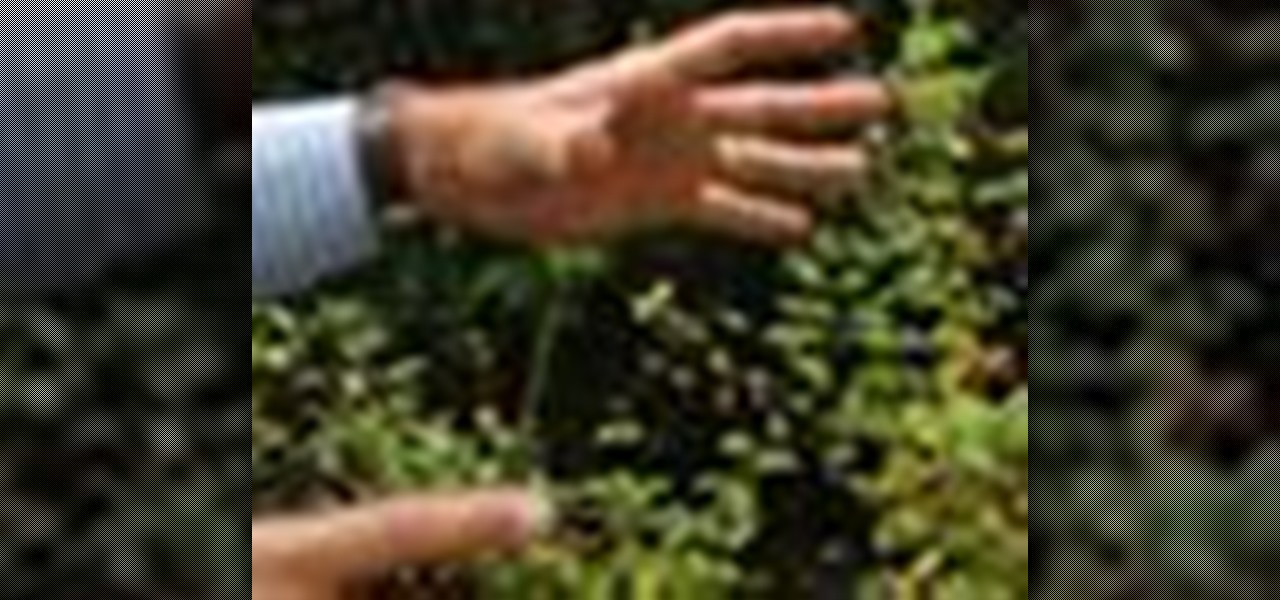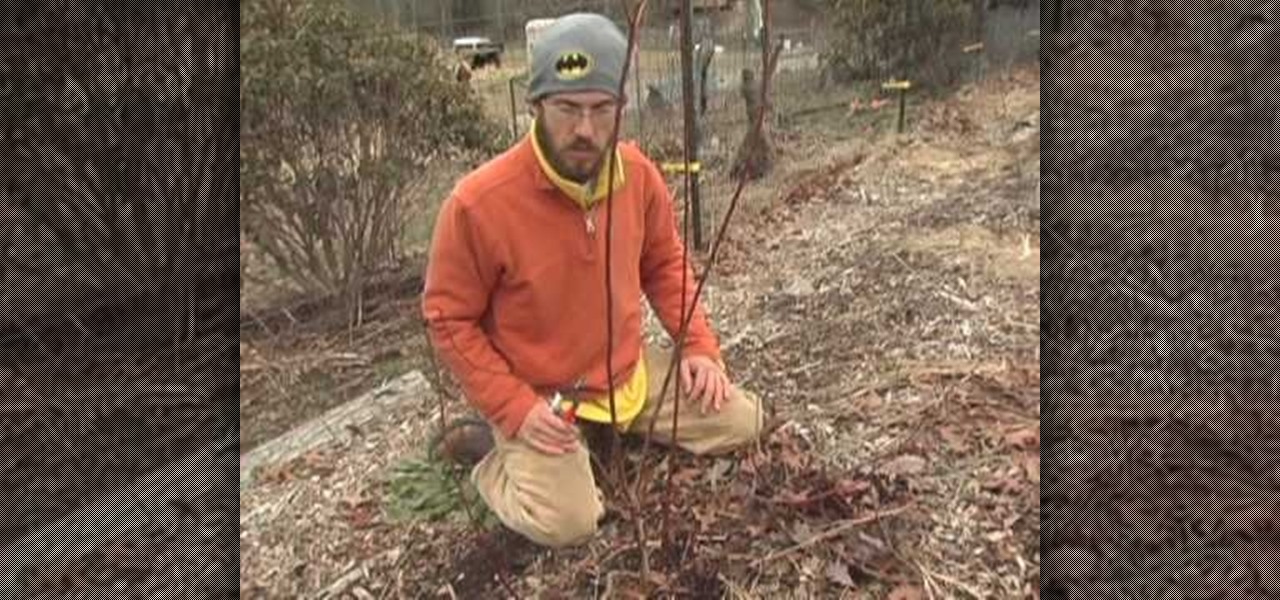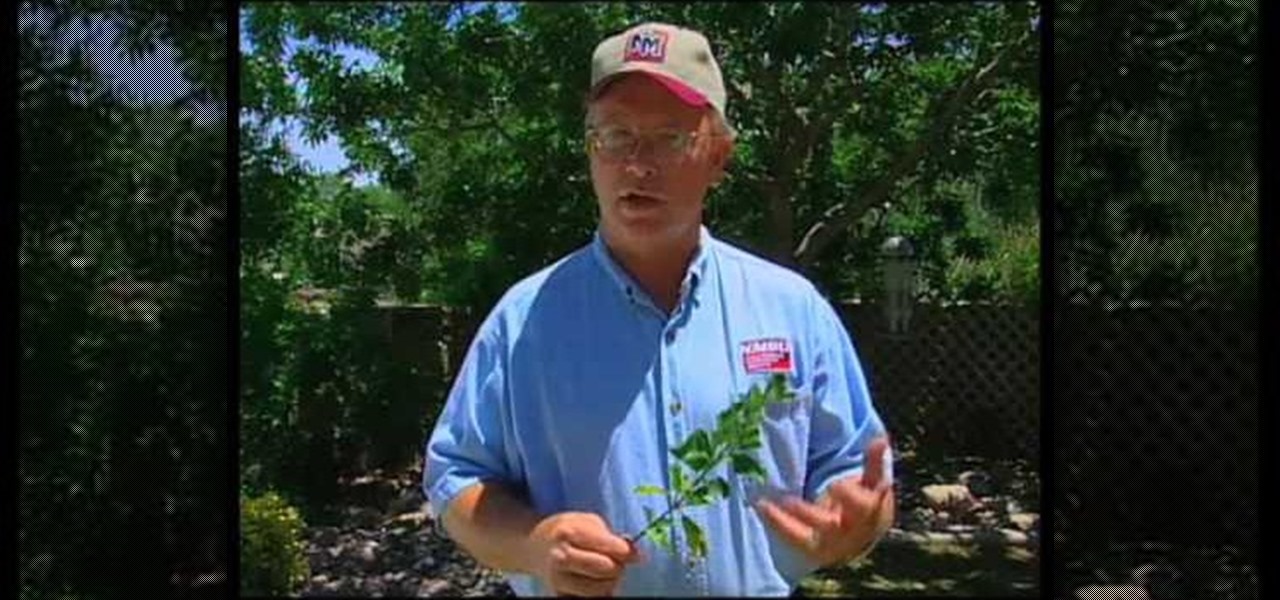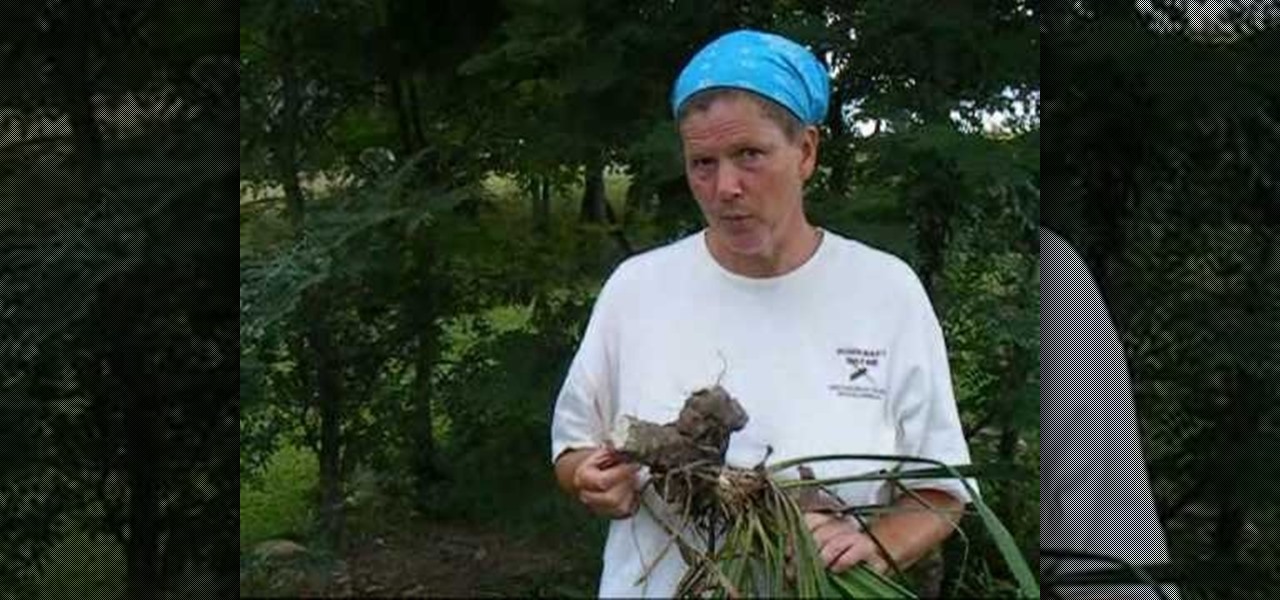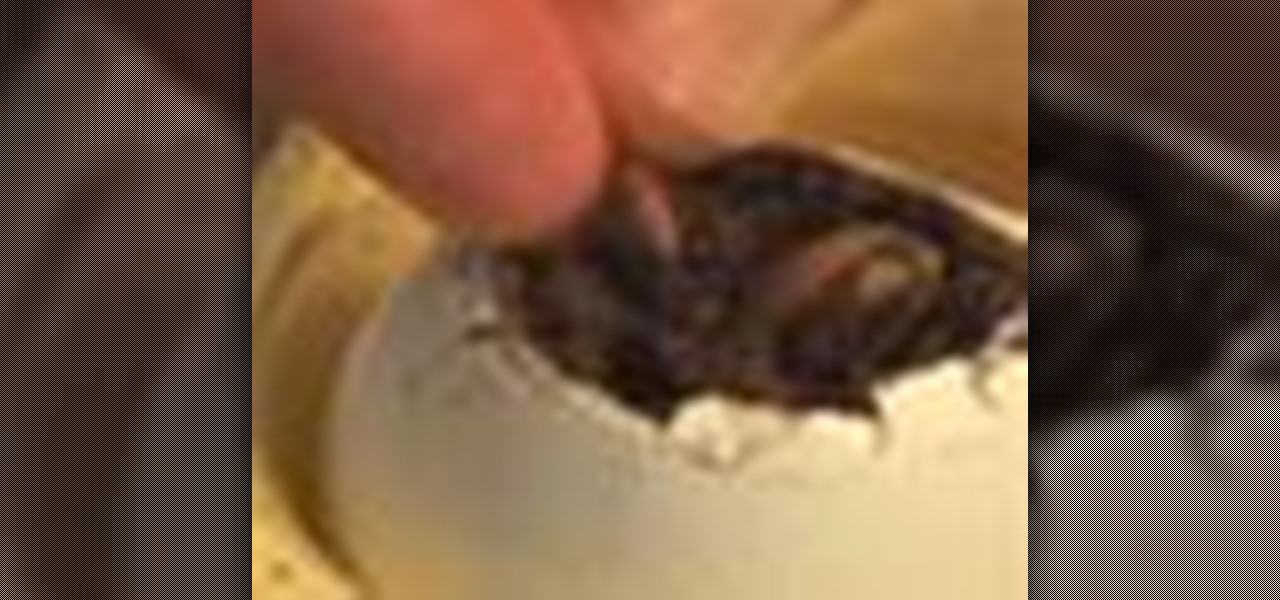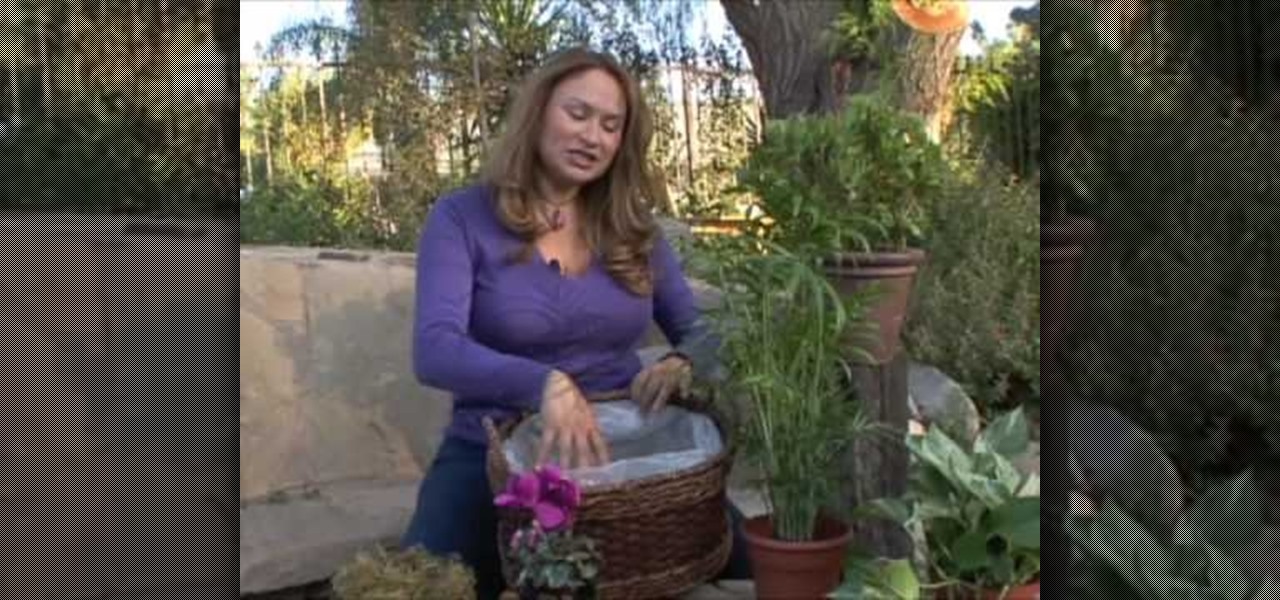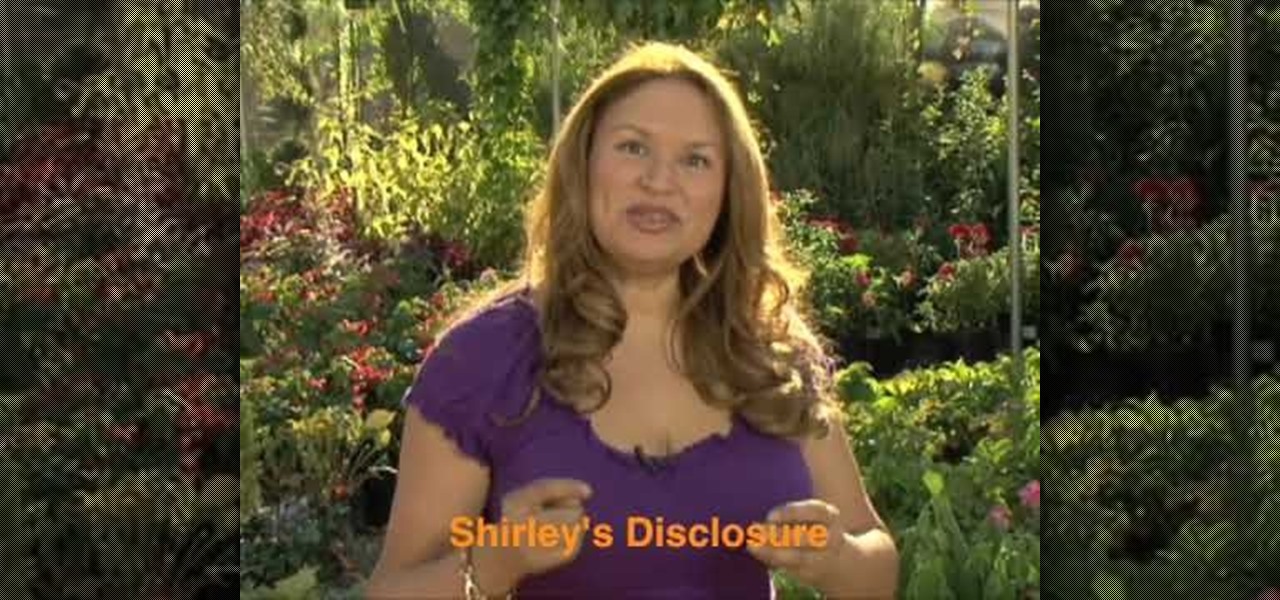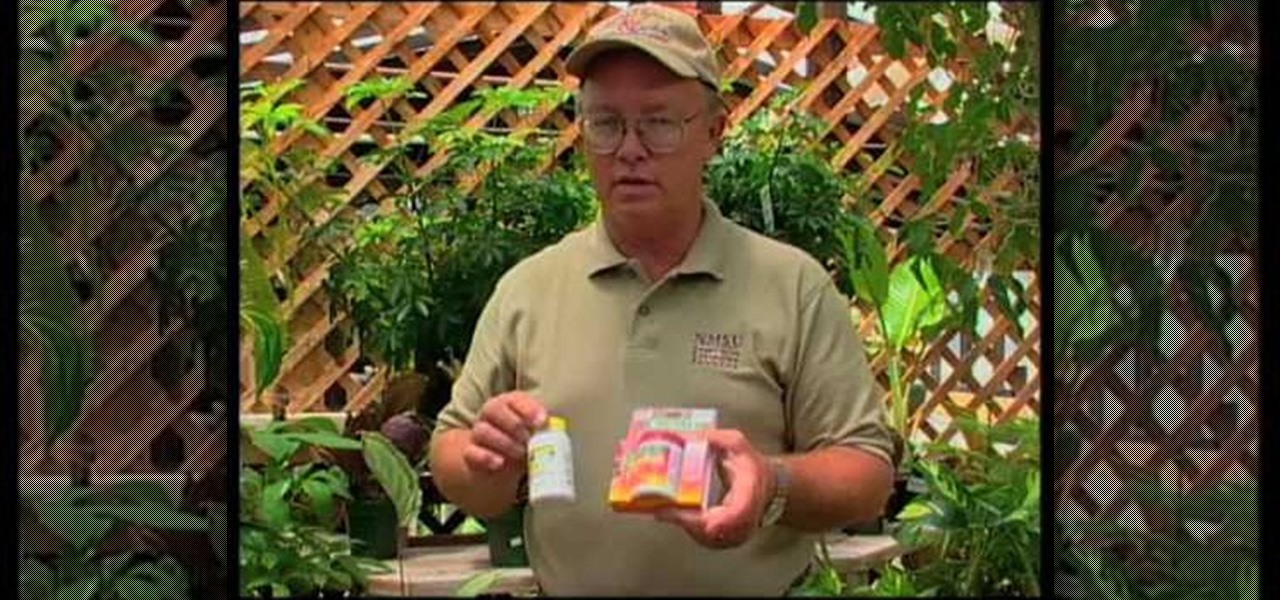
John White discusses how to propagate houseplants. You will need a potting mix called a “soilless” mix, which contains only vermiculite, perlite and peat moss. In addition you will need a sharp knife, a pruner and a weeding hormone to help induce root growth on the cuttings.
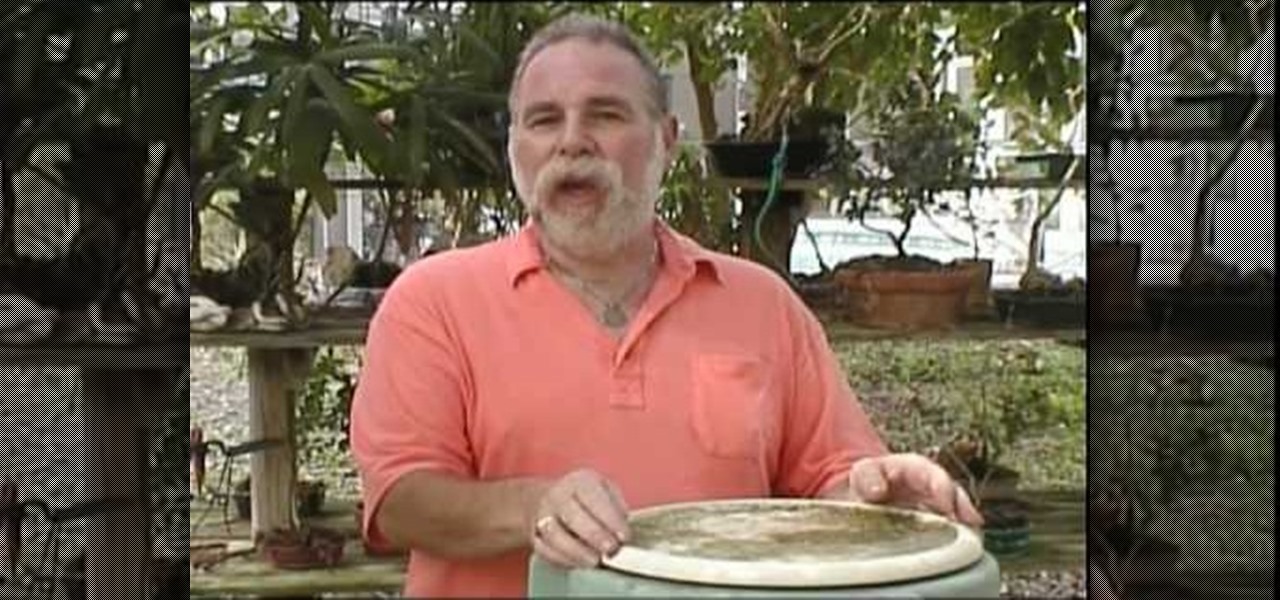
The Serissa (Serissa foetida syn. Serissa japonica), is a great little plant for Bonsai. It flowers for most of the year with tiny white and sometimes pink flowers. It is extremely easy to propagate through cuttings. Just take a cleanly cut branch and stick it in sphagnum moss and it should grow easily. It takes very well to pruning and can fill out quite nicely when pruned frequently. This particular specimen had a wild and unkempt look to it. Making, raising, and caring for bonsai is easy i...

Get rid of your water-wasting sprinkler system— but not entirely! Keep your landscape and garden maintained by converting those sprinklers into eco- and pocket-friendly drip irrigation. In this how-to video, Paula Mohadjer from the Cascade Water Alliance explains how you can easily convert your sprinklers into a drip irrigation system.

Plants vs. Zombies, a great tower defense game from Pop Cap games! If you're looking to try to get all the achievements, there's one in particular that requires a little forward thinking and that's Nom Nom Nom. In this video from Achievement Hunter you will learn the three different types of plants that'll be the most effective to getting the achievement.

Taking care of houseplants is a tough job, especially if you have more than one kind, because the proper, healthy growing conditions can become muddled. If one of your houseplants is a African violet, which is a saintpaulia flowering plant, then this video will help you take care of it for a thriving plant that will surely brighten up any room. Learn about picking the right environment, watering, fertilizing and keeping pests away.
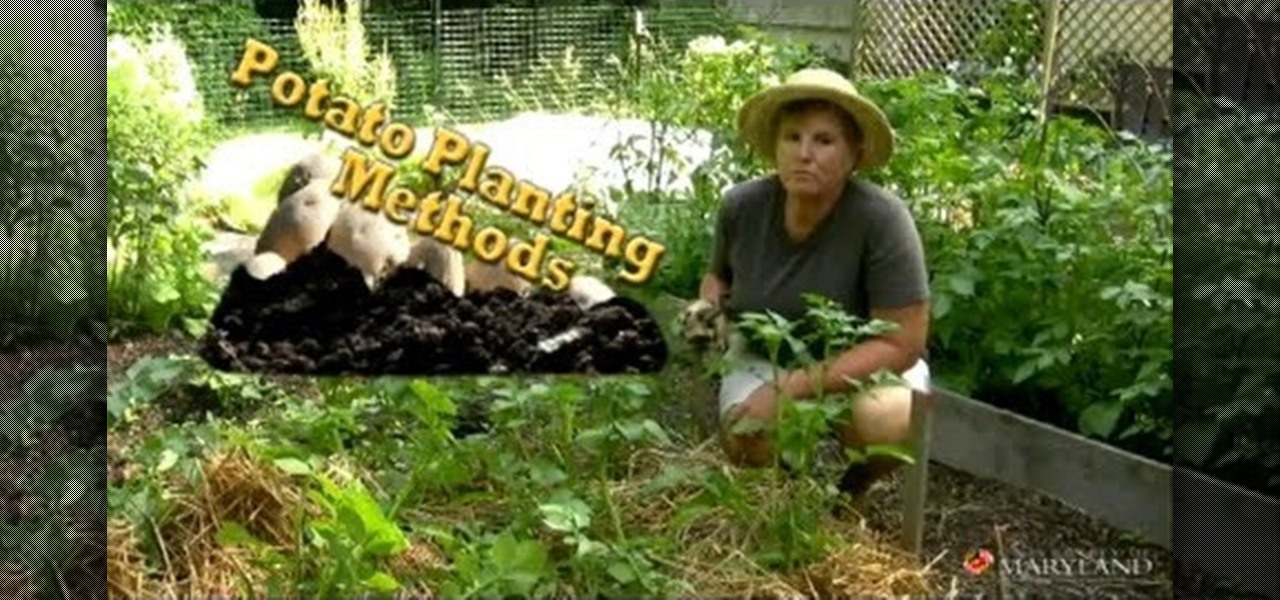
If you're having problems growing potatoes in your yard, you may have to try another method. Using different methods is very common when growing plants since certain areas may require more or less of a certain ingredient.

If you're looking for a way to add more flowers to your garden, but are out of space, then try using a container. Containers are perfect for holding one or several different types of flowers. Roses can also be grown in containers as well.

Planting potatoes is a great way to test the power of your green finger. It's a fairly easy vegetable to grow and the results are beautiful and delicious potatoes that can be used with any great meal. So in this helpful video tutorial, you'll find out what you need to do in order to plant potatoes in your yard. Good luck and enjoy!

This video from the the excellent UK series Container Gardening for Food teaches you a simple technique for increasing the yield of your tomato plants. By simply pinching out the new buds your plants continues to sprout after its already fully limbed, you can keep it from expending energy making new limbs and make it focus that energy on growing larger, more delicious tomatoes. A must-watch for any at-home tomato grower.

The video answers questions on whether containerized tomato plant need to be replanted, problems with yellow tips of an oleander and spots on a silver berry shrub. The tomato plant may be replanted in a bigger container and staked/caged to avoid wind damage. If planted in the ground, it is recommended to plant it at an angle, up to the first branches because tomato plants are able to set out adventitious roots. The yellow and brittle leaves of an oleander is also identified as the result of f...

This video from Lowe's shows you how to successfully repot a plant into a larger container. You will know it is time to repot your plant when the roots are visible on the surface, or when they start growing through the drainage hole. If you need to repot one of your plants into a larger container, simply follow these steps: You will need a clean pot that is no more than two sizes larger than the old one. Place a wire mesh or pieces of broken clay pot over the drainage hole. Add a layer of pot...

Learn how to cut back plants in your garden effectively to encourage new growth and remove dead and diseased branches. Follow this Howcast guide to learn how to prune plants.

Food, water, and shelter—that’s all butterflies and birds need to consider your backyard a home. And the great thing is that what attracts them will beautify your yard as well!

Cold weather vegetable gardens are a great way to prepare for the spring growing season. Learn how to plant winter vegetables with expert gardening tips in this free video series.

Planting and growing herbs is a simple and satisfying project for any gardener or cook. Start an herb garden with this free gardening video series.

Domino Magazine editor Cynthia Kling shows you the easy way to plant paper whites and amaryllis bulbs. These are bulbs that you plant indoors in the winter and they bloom indoors in the spring. Paper whites and amaryllis bulbs are incredibly ease to plant. You can prop them in dirt, rocks or sand. Stay tuned for more detailed tips on planting paper whites and amaryllis bulbs.

Evergreen bows, like Hemlock, can be placed over tender plants to protect them against cold, winter winds. Gently place them over the plant creating a tepee or tent form. It will allow some air circulation underneath so the protected plant doesn't rot but the Evergreen bows protect it against the cold.

This video answers some questions on how to identify some of the problems that occur in vegetable gardens: for example, if there are missing leaves on your tomato plant, then it is an indication that they are being eaten by something. In some cases, this pest is the Tomato Hornworm. The Mosaic Virus and Curly Top and Tomato Spotted Wilt also attacks tomato plants.

Southwest Yard and Garden featuring John White, Dona Ana County Extension Agent, hosts a 6 minute clip with co-host Master Gardener Valois Pearce both of Dona Ana County, New Mexico host a short web show featuring plants that can easily survive on smaller amounts of water over typical plants. They begin by discussing the full sun Ice Plant, which comes in many species and colors as well as their hardiness, but unfortunately are easy targets for wildlife. They then move onto the Gopher Plant, ...

John White, a Doña Ana County Extension Agent, highlights a new section on the show - a monthly checklist for the garden. This time, he talks about what to do in your garden in the month of February. The checklist includes planting dormant plants, pruning with a purpose and applying herbicides and pesticides. He shows us various types of dormant plants that can be purchased from nurseries in February for planting such as potted, bare-root or root-balled plants wrapped in burlap. As for prunin...

This is a how to video on making dried flower arrangements. It is presented by John white along with Virginia podmenik, Master Gardener from southwest yard and garden show. John white and Virginia podmenik, Master Gardener from the Dona Ana co. walk us through the various types of plants used for dried floral arrangements. Virginia podmenik shares her garden collections for the dried floral arrangements. Mexican sage is an excellent plant to choose for dried floral arrangements. These are pop...

Snails and slugs can really be a problem sometimes if you are a gardener. They feed on plants and can be considered pests, sometimes even getting inside your house. They are identified by their tell-tale slime trails. A bad infestation can be very hard to deal with. However, specialized cleaners or fertilizers can help your garden snail-free.

You can use either an open or a closed container for your terrarium. Because there is no drainage hole in the container it's really important to have a false drainage system. So you can add river gravel or rocks to the bottom of the terrarium as a drainage level. Put about one inch of rocks in the bottom of the terrarium. Add a layer of charcoal on top of the rocks and it will help to keep the whole terrarium fresh. The charcoal will help keep mold and bacteria from growing in the terrarium. ...

Cytochrome P450 (P450s) are proteins found in nearly all living organisms, which play roles that range from producing essential compounds and hormones to metabolizing drugs and toxins. We use some of the compounds synthesized by P450 in plants as medical treatments, but the slow growth and limited supply of these plants have put the drugs' availability in jeopardy and jacked up prices.

Before you bite into that beautiful tomato in your garden, the tomato fruitworm, or the Colorado potato beetle, might have beat you to it.

In this tutorial, learn a great, fast way to get your plants growing. This hydroponic system will keep your plants happy and healthy for much longer than old fashioned planting.

Orchids are a beautiful sign of spring and give off a lovely aroma in anyone's yard.

Don't let that tomato plant go too wild! This how-to video shows how to transform a wily tomato plant into a well-pruned plant. This video also shows how to train the plant to grow up a string. Start eating better tomatoes, even in a smaller space.

There are a lot of things that can cause decline in plants. Some are caused by insects or diseases and some are caused by environmental conditions, known as abiotic factors. Consequently, it can be hard to diagnose which, or what combination, of the above factors are resposnible for the poor health of your plant. In this green video tutorial, you'll learn how to troubleshoot plant problems. To learn what it takes, take a look.

Properly pruning and taking cuttings from a plant is essential to the life of the plant This gardening how-to video demonstrates how to prune a epiphyllum plants for optimal growth.

Frost is in the air. If you have tender plants like basil, pepper or impatients when that cold weather comes it will zap those plants. Often, if you can get through those first couple frosts, an Indian summer, that can last weeks and weeks, will follow. If you can protect your plants during this time you can have blooms for much longer. There are several ways to protect your plants. You can use a traditional device like a glass cloche. The nice thing about them is they are decorative and will...

The addition of plants can add warmth and beauty to any room in the home. Unfortunately, not all of us were born with a green thumb. This video shows you how to plant and care for one of the most beautiful and low-maintenance members of the plant family, the little bamboo. Supplies Needed to Plant Bamboo are a vase or plant pot without a hole in the bottom, river rocks, wire ties, room temperature water and 6 to 8 sticks of bamboo that are approximately 4 to 8 inches in length. To maintain yo...

If you plan on growing various fruits in your yard, know that each plant needs to be pruned at certain times of the year. Blueberry plants need to be pruned or burned over every two years so that any pests that may distrupt it can easily be taken care of. The result is a plant that will help produce beautiful fruit that is not only good for the body, but for the mind.

This video illustrate us how to identify problems with ground covering junipers .Here are the following steps .step 1: First of all look through the whole plant and see whether there is any browning or fall of leaf, if so then this may be due to water logging as these plants are good for soil with well seepage and lots of sun.Step 2: Look whether the leafs are free of all the bacterial and fungal infection.Step 3: Look whether there are any spider mites present, if so remove them.Step 4: Look...

Being in the wilderness for an extended amount of time can be bad for your health. One thing it can do for you is cause major problems in the personal hygiene department. Find out how to keep yourself nice and clean by using a yucca plant.

When you start planting something, you will need to nurture and grow a seed. You can plant a seed in a small pot and transfer it later, or you can save yourself the mess and trouble and try the tips in this video. In this tutorial, learn how to plant seeds in an eggshell! Eggshells make great little planters and the best part is - they're biodegradable so instead of repotting your seedling you can just plant the whole egg in the ground!

The video demonstrates the process of planting corn in a small soil-patch in your garden. The lady presenting you the video uses a 75g packet of Corn Honey & Cream Bicolor seeds from Heritage Gardens. Be aware that the corn cross pollinates very easily and hence you have to separate the different types of corn by planting time or by distance. The video says that 150 feet distance between different corn types is recommended but in smaller gardens, spacing can be achieved by different planting ...

Michael Wiesner, a graphic designer, shows you how to draw an agave plant using paper and a writing utensil. He starts by showing you a pencil outline of the drawing and then shows you how to fill it in with a Sharpie ink pen. Each step is detailed on the best way that you would fill in the plant so that it comes out to it's best. If you follow this video through you can create a great looking agave plant on paper.

Take a common indoor hanging basket plant and use it to make a great water plant. You take a stem of tradescantia with the roots attached. Wash off all the soil. Put the stem into a vase with rocks and water in it. Anchor the plant stem down in the rocks. Add some charcoal pebbles to inhibit bacteria growth in the vase. The tradescantia will grow roots in the water. To keep it healthy also add some hydroculture fertilizer to the plant about once a month. Also you may want to change the water ...

Succulent Kalanchoe plants are very easy to multiply. The first thing that you need is a healthy mother plant. Take a small leaf section from the base of the plant. Clean the dirt up on the leaf. Set the leaf out to dry in a nice warm area where you don't get direct sunlight because you don't want the leaf to dry out. The area around the stem of the leaf will get calloused over. Once it is calloused over you are ready to plant the leaf. You need some well draining soil such as seed starting m...








